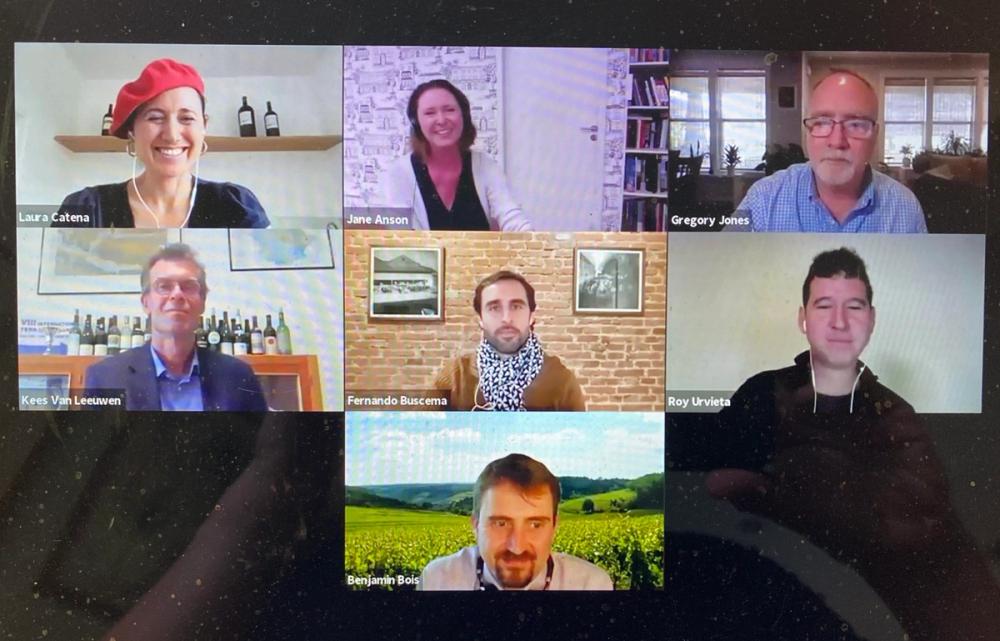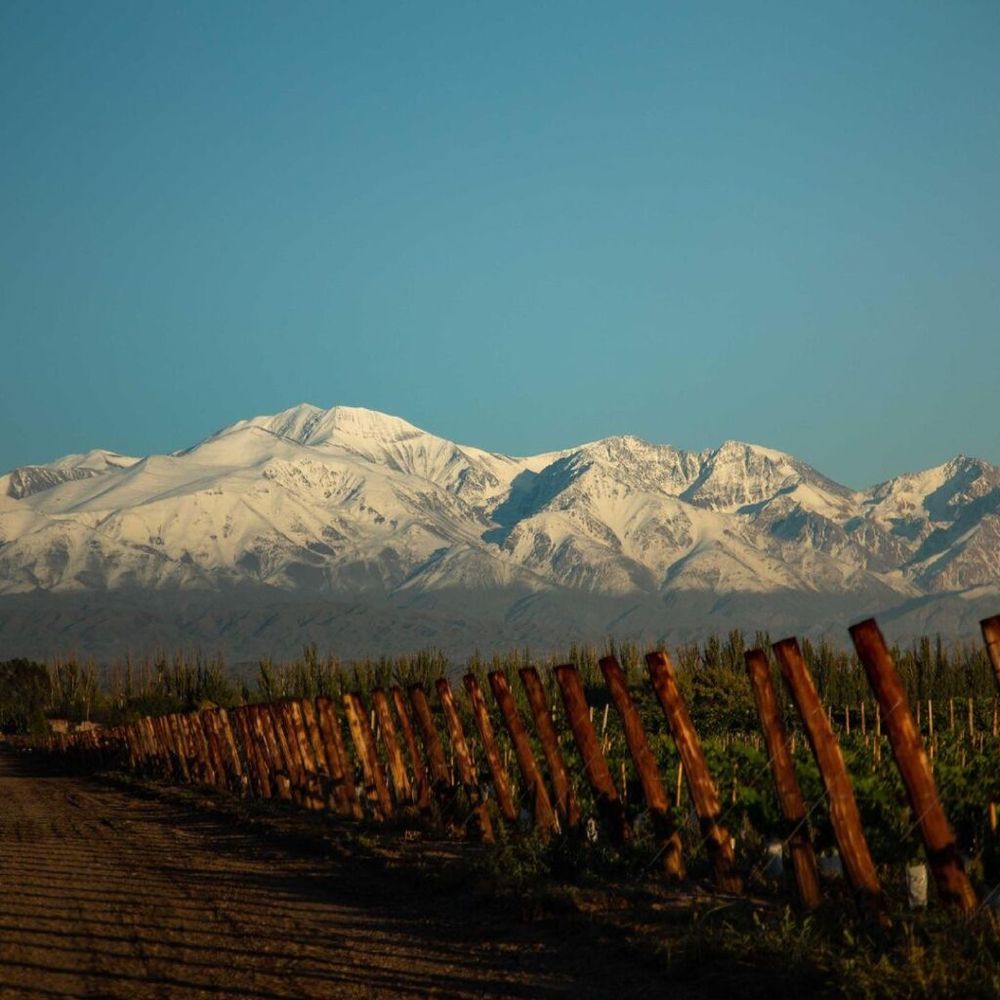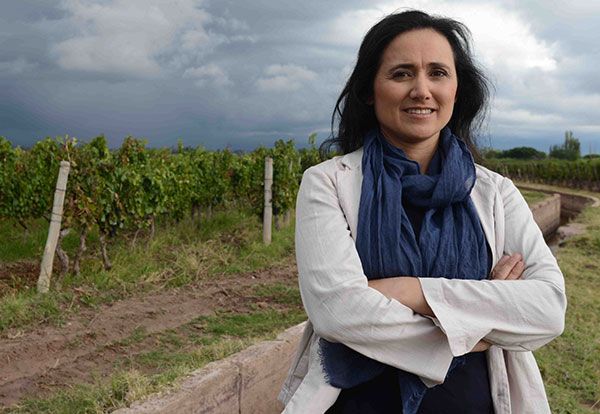“The more that we see things like this, the more we realise why the great wines are the way they are,” says Jane Anson.
Instead of talking about ‘terroir’, should we refer instead to ‘ecosystems’ when we describe the conditions conducive to producing the world’s finest wines? Though not necessarily the intended conclusion of the Catena Institute’s study into the concept of the terroir of Malbec, it emerged as one of the key questions.
Heralding the findings of a detailed research programme into Malbec in Mendoza, released in the publication ‘Scientific Reports’, the session featured a stellar line-up representing a meeting of minds between scientists, climate and soil specialists and researchers in the field of viticulture.
At the helm, Dr Laura Catena, a fourth generation winemaker, managing director of Catena Zapata, founder of the Catena Institute, practising physician and general all-round polymath, who also happens to be a dab hand at webinar presentation, as if her bow needed any more strings.

Somehow Dr Catena had found the time to consume the lengthy study, seemingly in minute detail, coming to the session armed with her own questions for the panel, consisting of climatologist Dr Gregory Jones from Linfield College Oregon, Dr Benjamin Bois of the University of Burgundy, Dr Kees Van Leeuwen, from the University of Bordeaux, Dr Patricia Piccolifrom the Mendoza Institute of Agricultural Biology, the Catena Insitute’s researchers Roy Urvieta and Fernando Buscema, alongside author and Bordeaux specialist, Jane Anson.
On the ambitious agenda for the webinar: debate around the findings of the study into the terroir of Malbec, with its conclusions, but also discussion around the importance of science in preserving and protecting winemaking regions around the world, as climate change makes its presence felt.
“I firmly believe that for there to be a future for wine, with climate change, we will have to employ science and research to continue to enjoy these beautiful wines,” said Dr Catena.
“When I first started working with my father, I encountered a lot of people who told me that all Malbec was the same, and all wines from Mendoza were the same, and that there was only terroir in places like France … but I knew that we had terroir in Mendoza because I knew that if I tasted grapes from a vineyard at a certain altitude, then at another altitude, or from the different soils, I knew that they had different flavours. So I have been on this journey for 25 years, to try to understand the terroir of Malbec.”

The region has a remarkable variation in altitude
The study, whose full title is ‘Terroir and vintage discrimination of Malbec wines based on phenolic composition across multiple sites in Mendoza, Argentina’ is available free ‘open access’ on nature.com; it evaluated the phenolic profiles of Malbec from 23 parcels in 12 different geographical indications (GIs) in Mendoza, with the grapes a mixture of massal selection and clones. The wines were micro-vinified underwhat is described as ‘standardised’ winemaking conditions, with inoculated yeast (Lalvin EC-1118), over three consecutive vintages: 2016, 17 and 18. The conditions in ’16 were cooler and wetter, whilst ’17 and ’18 were broadly similar and in line with the seasonal norm.
It was suggested that the study ‘irrefutably proves’ the existence of terroir and its persistence across different vintages, concluding that a relationship was observed between phenolic composition and climate conditions in the GIs studied, with a higher concentration of some specific compounds in those areas at higher altitude.
Detailing some of the research, the Catena Institute’s Fernando Bescema talked about a comparison with Malbec in the USA: “The first conclusion we reached is that there are unique qualities in Malbec in both California and Mendoza.”
“Mendoza wines also had a greater number of associated sensory descriptors suggesting a greater level of complexity. Floral notes, especially violet, and red fruit distinguished Mendoza geographic indications, while black pepper and dried fruit predominated in California AVAs,” he added.
The impact that climate makes
Discussing the impact of climate conditions, Dr Gregory Jones outlined some of the challenges the study had faced: “As a climatologist, I have found that attempting to understand the uniqueness that a particular site brings to a wine has been challenging,” he admitted, “(but) our study benefited tremendously from studying just one grape variety, Malbec, and also the fact that the region offers site characteristics dominated by changes in elevation over very short distances.”
The remarkable variation in altitude offered by the region was seized upon by the Catena Institute’s Roy Urvieta: “If you drive from Mendoza (city) to Gualtallary you go from Winkler 5 (a reference to the Winkler Index measure of grape growing conditions), which is a warm climate, to 1 or 2, a cool climate. It’s amazing because it is like going from Burgundy to Languedoc in one hour.”
In words that might send shivers across the celebrated climats of Burgundy, the likelihood that terroir designations will need to be altered in the future to reflect climate change was also highlighted during the webinar.
“Terroir is not just about climate and soil, it is about the vines, interacting with the soil and with the climate … it is a cultivated ecosystem,” explained Dr Kees Van Leeuwen. “All of these interactions will yield a certain grape composition, quality and typicity.”
Explaining that she “loved” the word ‘ecosystem’, in place of ‘terroir’, Dr Catena paid tribute to all those involved. “As a physician who looks at medical research all the time, I think viticultural research is so complicated because you have so many variables that are hard to control.”
Urging others in the wine business to read the research paper in detail, Jane Anson also paid tribute to the Catena Institute for instigating the study:
“If this research helps underline the link in the mind of consumers between terroir and high quality wines, then it will help to sustain the demand for these wines. The more that we see things like this, the more we realise why the great wines are the way they are.”










































